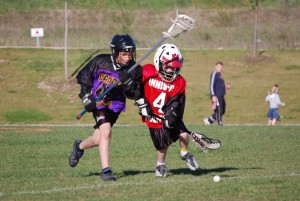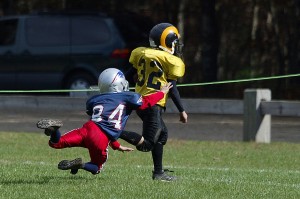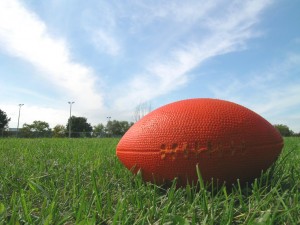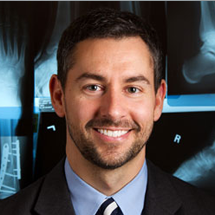Dr. Jonathan Franklin is one of the many talented surgeons at Orthopedic Specialists of Seattle.
We had an opportunity to catch him from his busy schedule and find out some interesting and fun information about him.
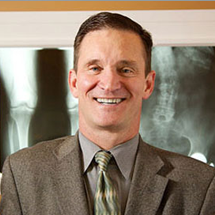
1) Why did you choose Orthopedics with a specialty in arthroscopic and reconstructive knee surgery, arthroscopic shoulder surgery, as well as hip and knee replacement surgery?
I grew up in a family of doctors. My father and both of my brothers are physicians, so I was exposed to medicine early along.
I was always interested in sports, and after injuring my knee wrestling in college, and experiencing surgery and rehab myself, I decided that orthopedic surgery was most interesting to me. I especially respected the orthopedist who treated me.
It seemed that orthopedics was a specialty in which I could take care of patients who were motivated to get back to their pre-injury status.
2) How long have you lived in Seattle?
I am a Seattle native, and always knew I would return to the Northwest. My parents and both brothers and their families live in the Seattle area. I love the outdoors, the water, the mountains, and the boating and fishing that Seattle has to offer.
3) Are you involved in the community?
Outside of work, I enjoy spending time with my family. My wife, Cynthia, grew up in Oregon. We are now empty nesters, with both boys out of school. Our oldest son started an online invitation company with an office in downtown Seattle, and our youngest son is a business analyst at a consulting firm in San Francisco.
For many years, I coached my boys’ teams in football, baseball, and soccer. I look forward to annual fishing trips to Canada or Alaska with my family. I also enjoy bicycle riding with my wife.
4) Have you been published, made any medical advances or studied new procedures?
During my residency at the University of Washington and my fellowship in Salt Lake City, I published many papers and presented at several national meetings on various knee and shoulder topics. I continue my academic involvement on the clinical faculty at the University of Washington as a preceptor for medical students and teaching residents.

